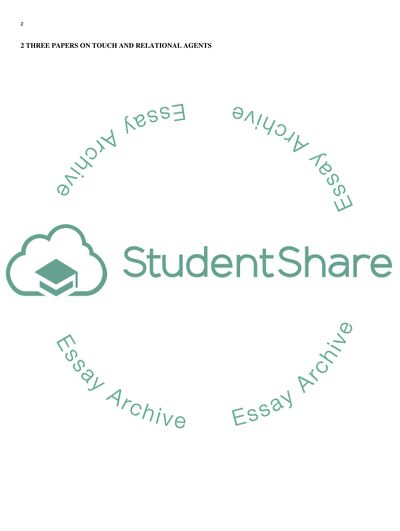Cite this document
(“Towards Empathic Touch by Relational Agents Research Paper”, n.d.)
Towards Empathic Touch by Relational Agents Research Paper. Retrieved from https://studentshare.org/health-sciences-medicine/1570597-towards-empathic-touch-by-relational-agents
Towards Empathic Touch by Relational Agents Research Paper. Retrieved from https://studentshare.org/health-sciences-medicine/1570597-towards-empathic-touch-by-relational-agents
(Towards Empathic Touch by Relational Agents Research Paper)
Towards Empathic Touch by Relational Agents Research Paper. https://studentshare.org/health-sciences-medicine/1570597-towards-empathic-touch-by-relational-agents.
Towards Empathic Touch by Relational Agents Research Paper. https://studentshare.org/health-sciences-medicine/1570597-towards-empathic-touch-by-relational-agents.
“Towards Empathic Touch by Relational Agents Research Paper”, n.d. https://studentshare.org/health-sciences-medicine/1570597-towards-empathic-touch-by-relational-agents.


